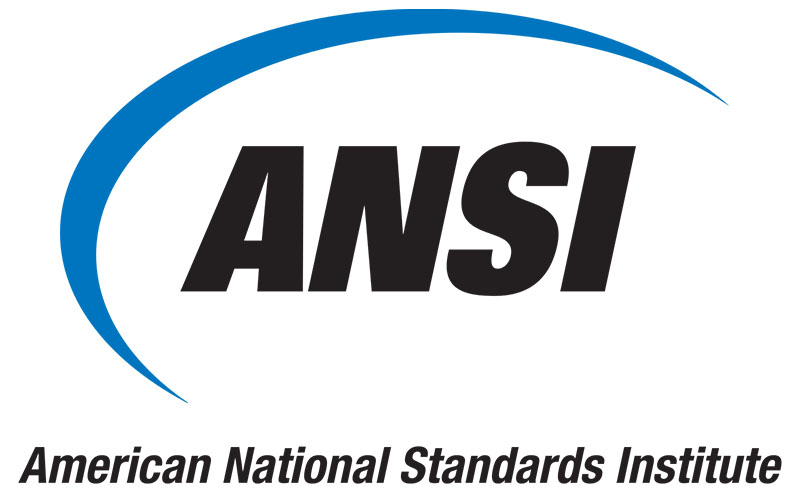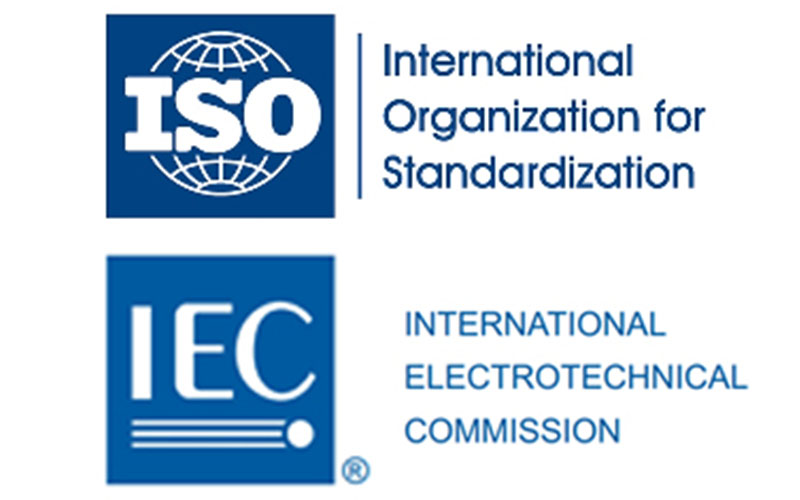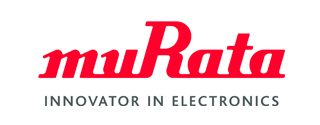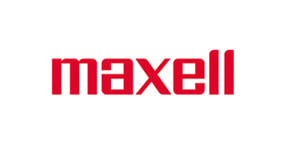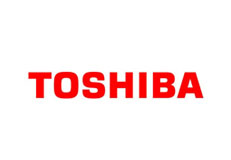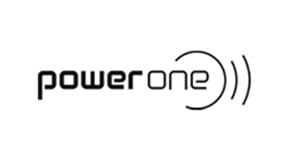Making sense of battery certifications and nomenclature
Finding the right batteries can be confusing when you start running into unfamiliar abbreviations. For example, battery technical specifications that list cryptic model numbers as compatible replacements preceded by chart headings of “ANSI” or “IEC”; or encountering statements in battery descriptions like “This LR44 replaces A76. It is equivalent in size to an SR44.” The replacements are often a long string of model numbers.
What does it all mean?
This article takes a brief look at the two leading naming conventions, or nomenclature, imprinted on battery packages to help you select the right battery for your needs.
ANSI is the acronym for American National Standards Institute, which oversees development standards for products, including batteries. IEC refers to the International Electrotechnical Commission which was established in France and publishes international technology standards. Understanding the purpose of their universal naming conventions, or nomenclature, and getting a quick bird’s-eye view of how they work may help you to select the right battery for your power needs.
When we seek to replace our AA alkaline batteries, we think of AA as a battery size. We are quite aware that it is available for purchase under many brands. We also recognize that no matter which brand we choose, an alkaline AA battery from Energizer, will interchangeably share the same physical dimensions and electro-chemical characteristics as our Panasonic or other branded AA. Fewer of us may also know that this is a size that can apply to lithium, alkaline or rechargeable Ni-MH batteries.
ANSI and IEC publish standard guidelines for battery sizes and chemistries even in cases where a manufacturer’s battery model may predate their standardizations. A battery’s complete nomenclature will disclose its cell chemistry, approximate or exact dimensions, and even its shape, among other relevant characteristics. While there may be slight brand-specific nuances—the AA battery may be a fraction of a millimeter taller or narrower brand-to-brand, for example—the standards provide for very specific tolerance ranges in their classifications to ensure that your battery purchase will satisfactorily meet your needs. Widely recognized brands adhere to them.
The classification and charts of these organizations can grow rapidly comprehensive. In keeping within the scope of our discussion, we will just take a broad look at naming structure, and then look at a few easy-to-follow IEC examples that you are most likely to encounter.
|
ANSI nomenclatureThe first letter of a battery's standardized name identifies its shape, followed by an arbitrary number that designates the cell’s size. Additional letters may be added to define the battery chemistry, its terminals, and other characteristics. |
IEC nomenclatureThree IEC committees publish separate standards for lead acid batteries, secondary batteries (i.e., rechargeable), and primary batteries (i.e., disposable). Letters and numbers indicate the cell chemistry, shape, and dimensions, and can also include other modifying letters or numerals as appropriate. |
Going back to our AA battery example, its widespread availability makes it easy to recognize. The same applies to other widely available sizes, such as an AAA, C, D, or 9-volt batteries. Even many of our kids can distinguish them on sight without need to read the label. How about an LR44 battery? This is a very common watch battery size, but it certainly does not enjoy the same on-sight recognition.
If you own a Seiko watch and open it up, the battery might read Seiko SR927W. Or perhaps Seiko TR927. If you have a Bulova watch, you might find the identically sized battery, but in this case, imprinted with Bulova 613. Other manufacturers make replacements for them. For example, Duracell names its version D399. Panasonic calls its version SP399. These manufacturer-specific name variations point to the same IEC-standardized, coin-shaped battery known as LR1154, which is more widely known simply as LR44.
The LR1154 is an IEC nomenclature that discloses its chemistry, size, and dimensions, respectively. It unifies the varyious manufacturer designations under one standard as follows:
| Digit | Characteristic | What it means |
| L | The chemistry | ‘L’ stands for alkaline. * |
| R | The shape | ‘R’ stands for round. |
| 11 | The nominal diameter | The number ‘11’ is the designated code for 11.6 mm. * |
| 54 | The nominal height | ‘54’ is the designation for a height of 5.5 mm. * |
*Note: That ‘L’ stands for alkaline, ‘11’ stands for 11.6 mm, and ‘54’ means 5.5 mm are not typographical errors.
So, at a glance, LR1154 tells us that it is an alkaline battery that is round and is 11.6 mm in diameter and 5.4 mm in height.
If the initial digit, ‘L’ was instead an ‘S’, for example, ‘SR1154’, this would denote a silver oxide cell chemistry. Therefore, an SR1154 is a silver oxide battery that is also round, 11.6 mm in diameter, and 5.4 mm in height. It is widely known as the 357 battery.
Learning that ‘C’ as the first letter denotes that a battery is of lithium chemistry (again, no typo), you can now fairly easily deduce that the common coin-shaped cell called CR2032 is a lithium-chemistry, round battery that is 20 mm in diameter and 3.2 mm in height. Just how common is this 3-volt battery and its many siblings like the CR2016 and CR2025? Very. You will find them in a wide variety of small devices such as car keys, calculators, toys, medical equipment (e.g., pacemakers), the motherboard CMOS in your computer, micro instruments, and more.
It should now be relatively easy for you to have an idea of the chemistry, shape, and size of an LR1130 battery, a CR2450 battery, and many others. The examples focused on coin-shaped batteries only. As mentioned, the nomenclature can quickly grow complicated and beyond the scope of this primer.
Further reading:
Need-to-know battery technical terms in plain English
Learn what is meant by a handful of terms often used in descriptions to effectively compare and shop for your battery needs; terms like battery energy density, self-discharge, cell voltage range, and more.
Making sense of battery certification imprints
Understand the relevance of various markings imprinted on batteries.

